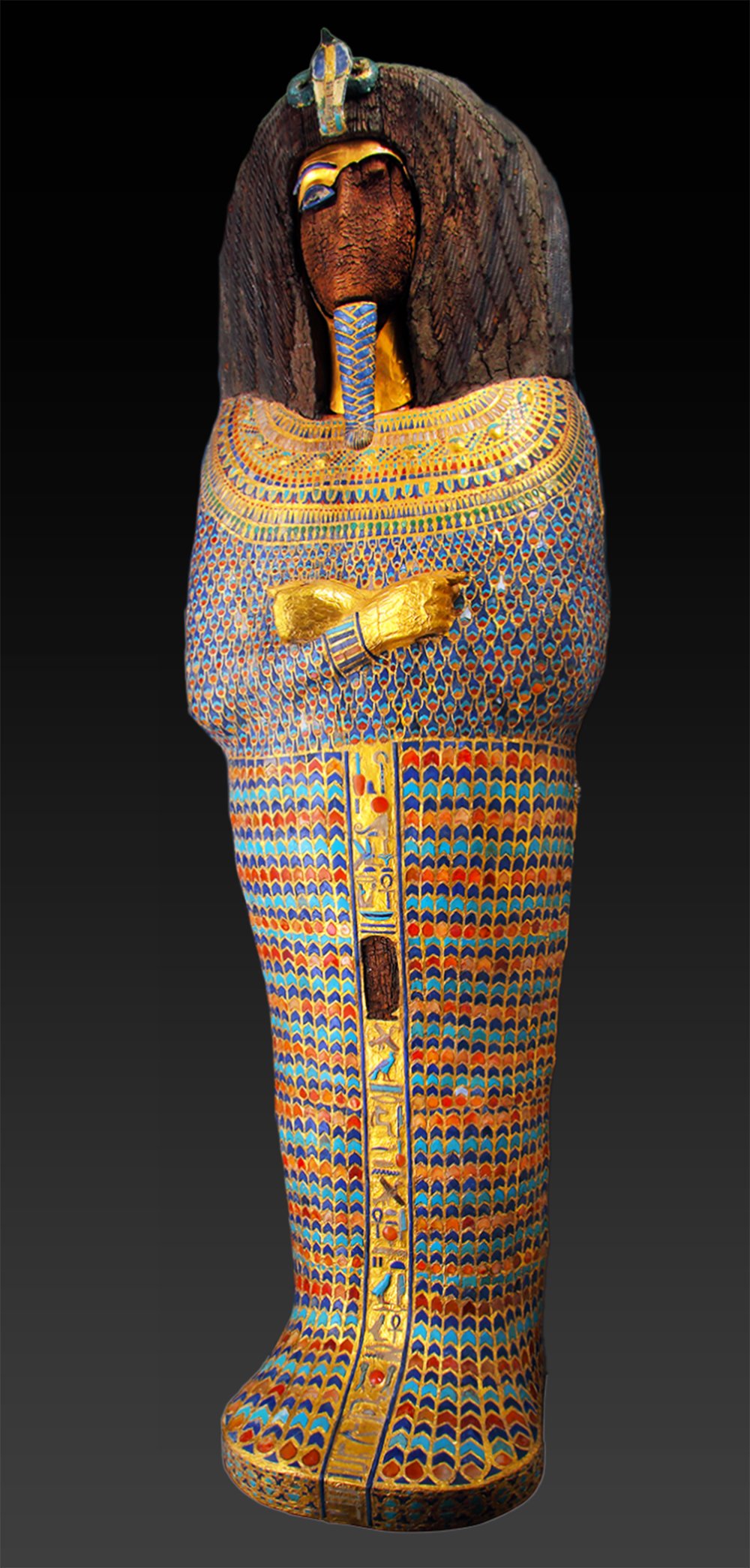Akhenaten: Prophet or Tyrant?
Akhenaten upended the traditional Egyptian religion, but did he go too far with his reforms?
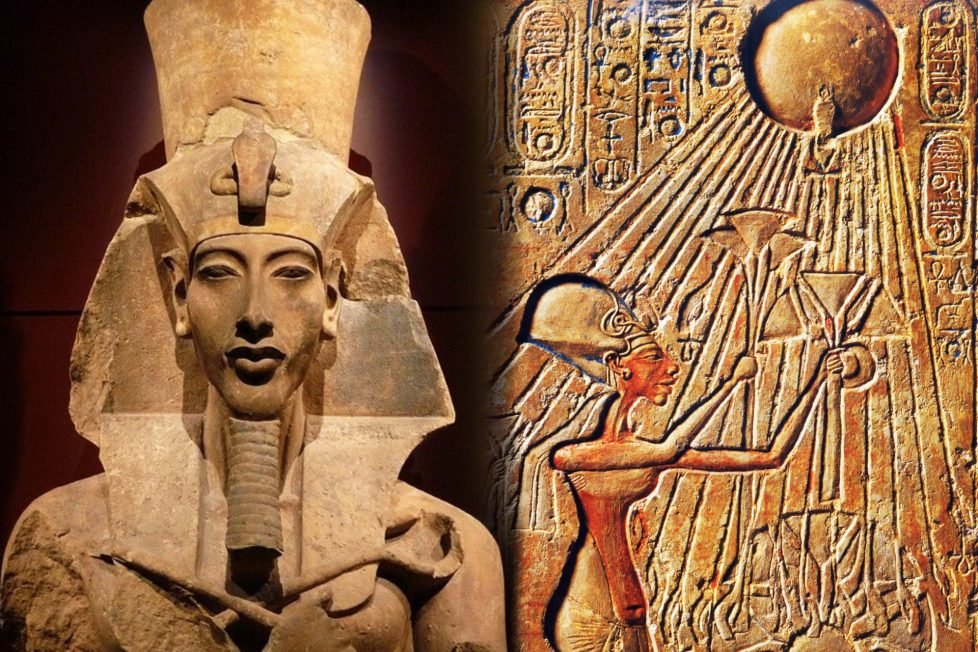
Akhenaten upended the traditional Egyptian religion, but did he go too far with his reforms?

Table of Contents
ToggleAkhenaten is undoubtedly one of the most enigmatic and controversial figures not only in Egyptian history, but antiquity at large. From the early days of his reign to his death, Akhenaten challenged many Egyptian traditions, including the things that helped Egypt prosper. He was not afraid to wield his authority with a heavy hand when necessary. From his physical appearance to his major overhaul of Egyptian theology, Akhenaten sticks out in history books like a sore thumb. Keep reading if you want to learn about this fascinating ruler.
So, who was Akhenaten and how was a single ruler able to turn both the Egyptian government and the national religion upside down? Akhenaten’s childhood is a bit of a mystery to this day. However, most scholars can agree that Akhenaten was born around 1353 B.C.E as the son of Pharaoh Amenhotep III and his wife Queen Tiye. Akhenaten was born during what is now referred to as the “New Kingdom” which was a period characterized by wealth and expansion for Egypt. His original name was Amenhotep IV—the Pharaoh would later adopt his more well-known persona of Akhenaten, after the creation of his new cult. For the first several years of his reign, Akhenaten likely shared the throne with his father. This is also when Akhenaten most likely took his most prominent queen, Nefertiti, a woman whose beauty was so renowned that her name means “The beautiful one is come.” The father and son partnership ended with Amenhotep III’s death opening the door for Akhenaten to introduce his own sweeping changes in government, religion and art.
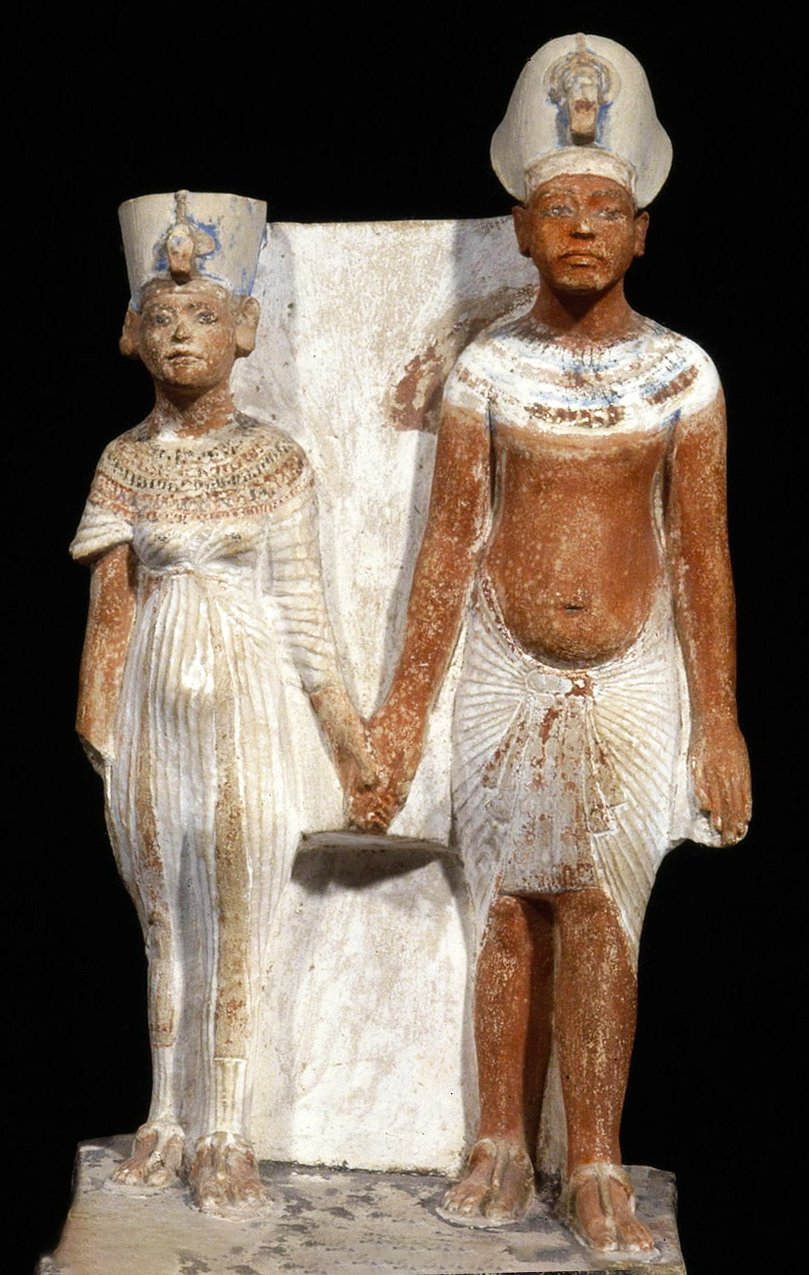
In the years preceding Akhenaten’s rule, Egypt’s religious structure had already seen a considerable amount of change. Throughout the reign of Akhenaten’s father, the god Amun and by extension his cult and priests, had steadily grown in influence and power to become the unrivaled central Egyptian deity. However, in the fifth year of his reign, Amenhotep IV uprooted Egyptian life by asserting the dominance of the god Aten, who was now not only the supreme god, but the only god to be worshiped in all of Egypt. The effect this would have had on daily life in Egypt would have been immense, particularly in urban centers where Akhenaten’s new laws could be enforced.
In the beginning of Akhenaten’s rule, the Aten was an anthropomorphized sun god similar to any other. However, as part of Akhenaten’s reforms, the Aten was now simply portrayed as a sun-like disk situated high in the sky. The Aten was often depicted as shining its rays over the royal family. According to Akhenaten, he and his family had a unique relationship with the Aten, as they were the only ones who would communicate or connect with the god. So not only did Akhenaten outlaw the worship of any of the traditional gods, but he also blocked the creation of any priestly class and/or cult, like those that had existed for the god Amun. Akhenaten then had the capital moved from Thebes, which had acted as Egypt’s capital for centuries, to his newly built city now known as Amarna. The name of this new capital would later function as the inspiration for the name of the 16-year period (The Amarna Period) during which Amarna was the capital of Egypt.
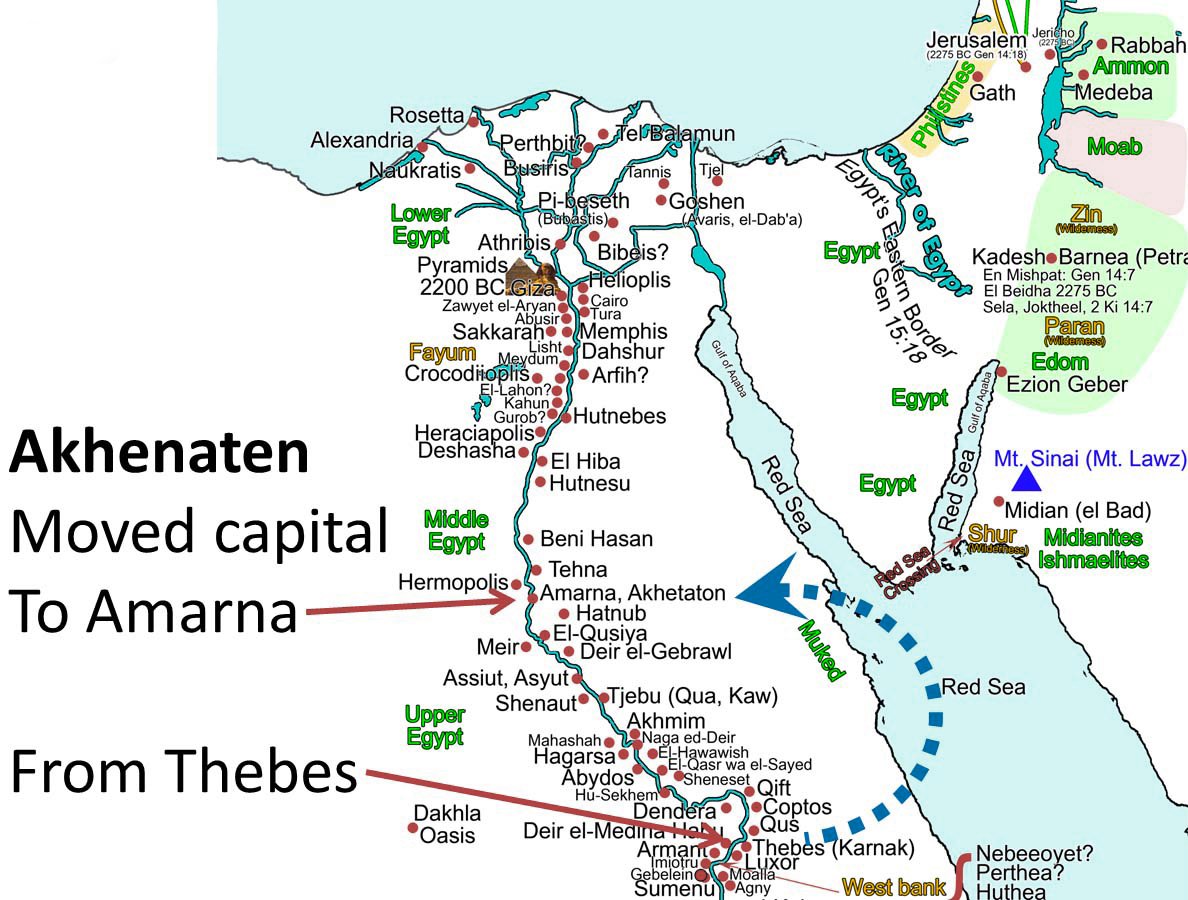
For centuries, these decisions have puzzled historians and theologians alike. The religion Akhenaten implemented, sounds a lot like monotheism, centuries before the monotheistic Abrahamic religions.There are some curious overlaps between Akhenaten’s ideology and later monotheistic texts. One example is the eerie similarity between The Hymn of the Aten and Psalm 104 from the Bible.
However, while the possibility that Akhenaten was the world’s first monotheist was entertained in earlier decades, more recent consensus among historians has resulted in a different conclusion. As mentioned earlier, throughout the centuries leading up to Akhenaten’s reign the cult of Amun and its priests had grown powerful. So powerful, in fact, that they could rival the wealth and power of the throne. As a result, it is now accepted by many historians that Akhenaten became a religious pioneer out of political necessity. Akhenaten needed to recenter Egypt’s focus on the royal family, specifically their unique importance at the top of not only the government, but the religious hierarchy as well.
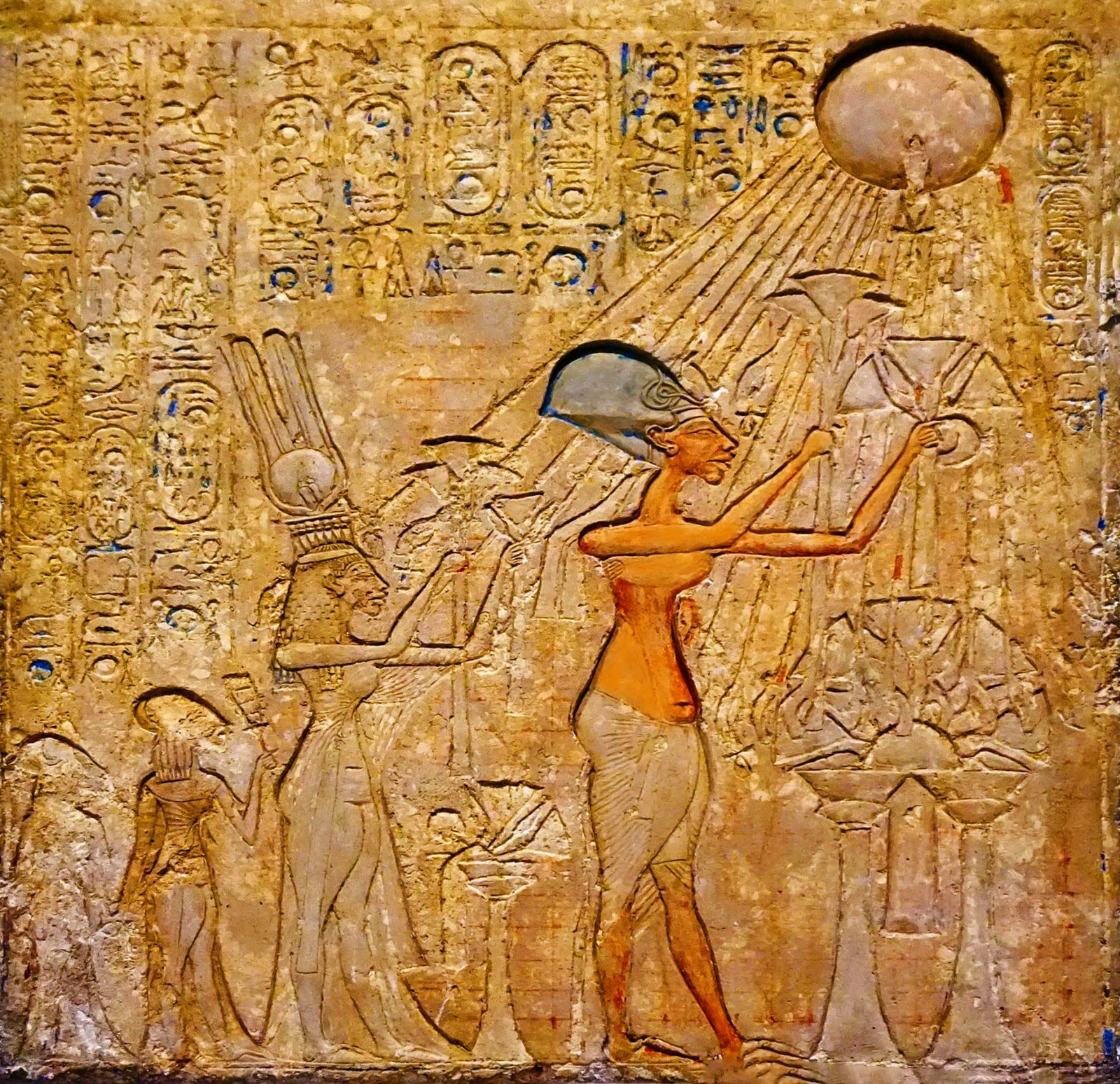
While these sweeping changes would have been a shock to many and were probably seen as heavy handed, there is little evidence that Akhenaten relied on outright violence to enforce these changes. More rural areas may not have seen much enforcement at all. Although his capital city of Amarna may have had a more militarized police force than previously seen in Egyptian cities, leading some historians to portray Akhenaten in a more tyrannical light.
Additionally, Akhenaten issued orders to have, what he perceived as serious threats to his power or ideology, destroyed. This included anything to do with Amun or anything that could indicate the existence of multiple deities and perhaps some previous rulers as well. The priests of Amun would likely have suffered the worst of these changes as Akhenaten’s main political rivals. This is shown by records of Akhenaten singling them out to perform the most demeaning tasks he could muster.
While Akhenaten did not expressly use violence to control his people, he was certainly aware that violence was an option for both him and his enemies. Some scholars speculate that it was paranoia that led to the construction of Amarna, due to the speed with which the city was constructed and the royal family moved there.
In addition to his internal reforms, Akhenaten also took a different approach to foreign affairs than his predecessors. Overall, the New Kingdom was a time of prosperity and expansion. This outward view was driven by Pharaohs whose names and deeds would last the ages (and whose exploits are also well worth your time) such as Ramesses II and Thutmose III. Akhenaten, however, had no interest in international affairs or territorial conquests unless they could benefit him personally. Instead, Akhenaten was almost purely inwardly focused with his religious reforms. This was much to the dismay of his subjects and vassal states who were left to their own devices, even in the face of military defeat and conquest by foreign powers.
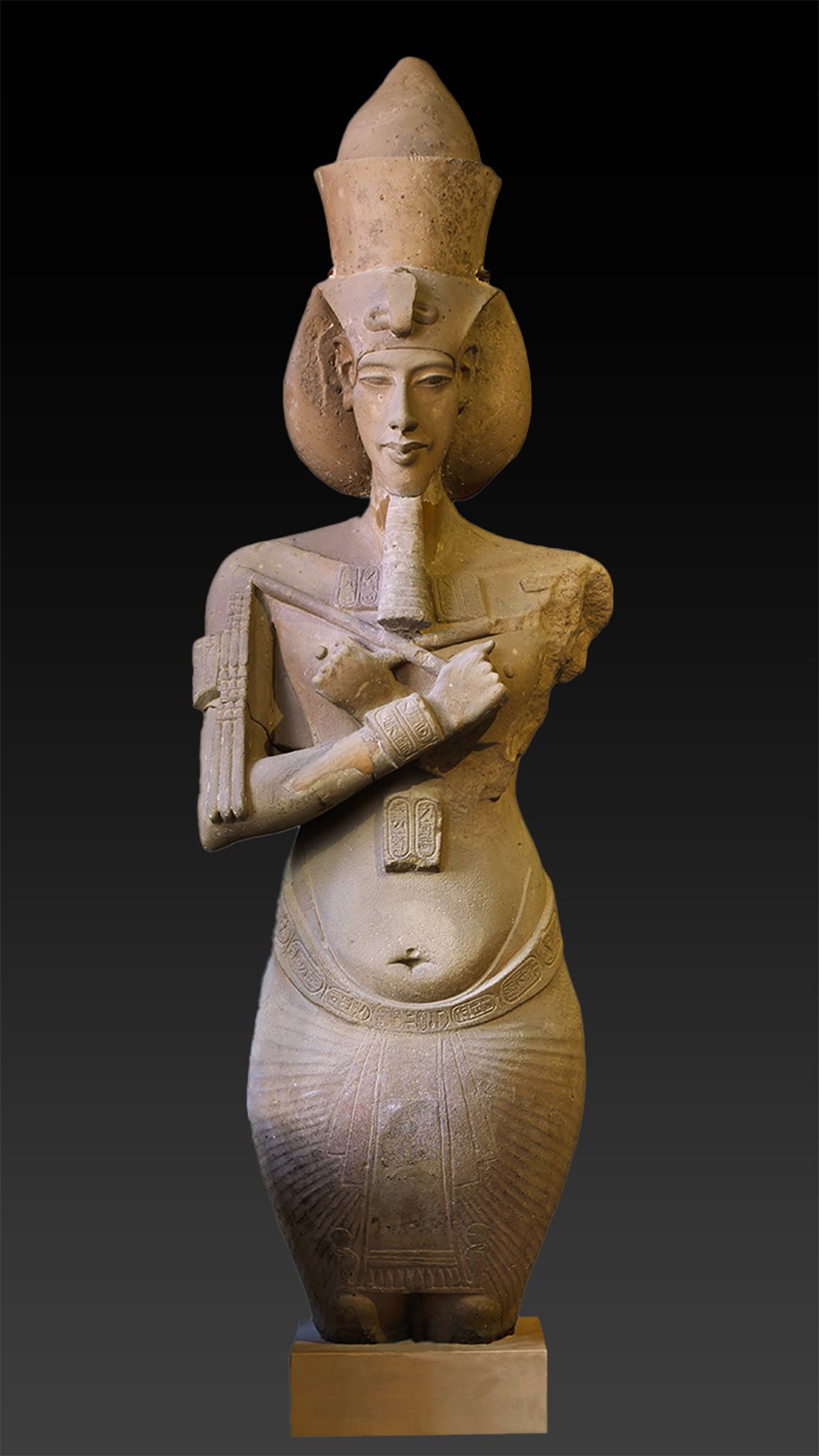
Aside from his religious and political reforms, Akhenaten had another curiosity: his physique.
Akhenaten gave rise to a new style of art and architecture — one of the most prominent changes here being the depiction of Akhenaten himself and his family. Interestingly, in this new art style the whole royal family is shown as having unnatural proportions. With arms and legs that appear too long and spindly, elongated necks and stretched craniums. These strange depictions even gave rise to the theory that Akhenaten was a woman due to his statues having very wide hips.
To this day scholars are somewhat divided as to what is behind this bizarre imagery. It is possible that this was simply a stylistic choice made in an effort to set himself apart from his predecessors. The other prominent theory is that Akhenaten was actually severely ill and used his physical deformities as part of his divine persona. Common diseases associated with Akhenaten’s physical appearance include Marfan’s and Frohlich’s Syndrome, both of which could explain his unique depictions. Although, this fails to explain the depiction of the family as all having the same deformity, considering they would not have shared his condition.
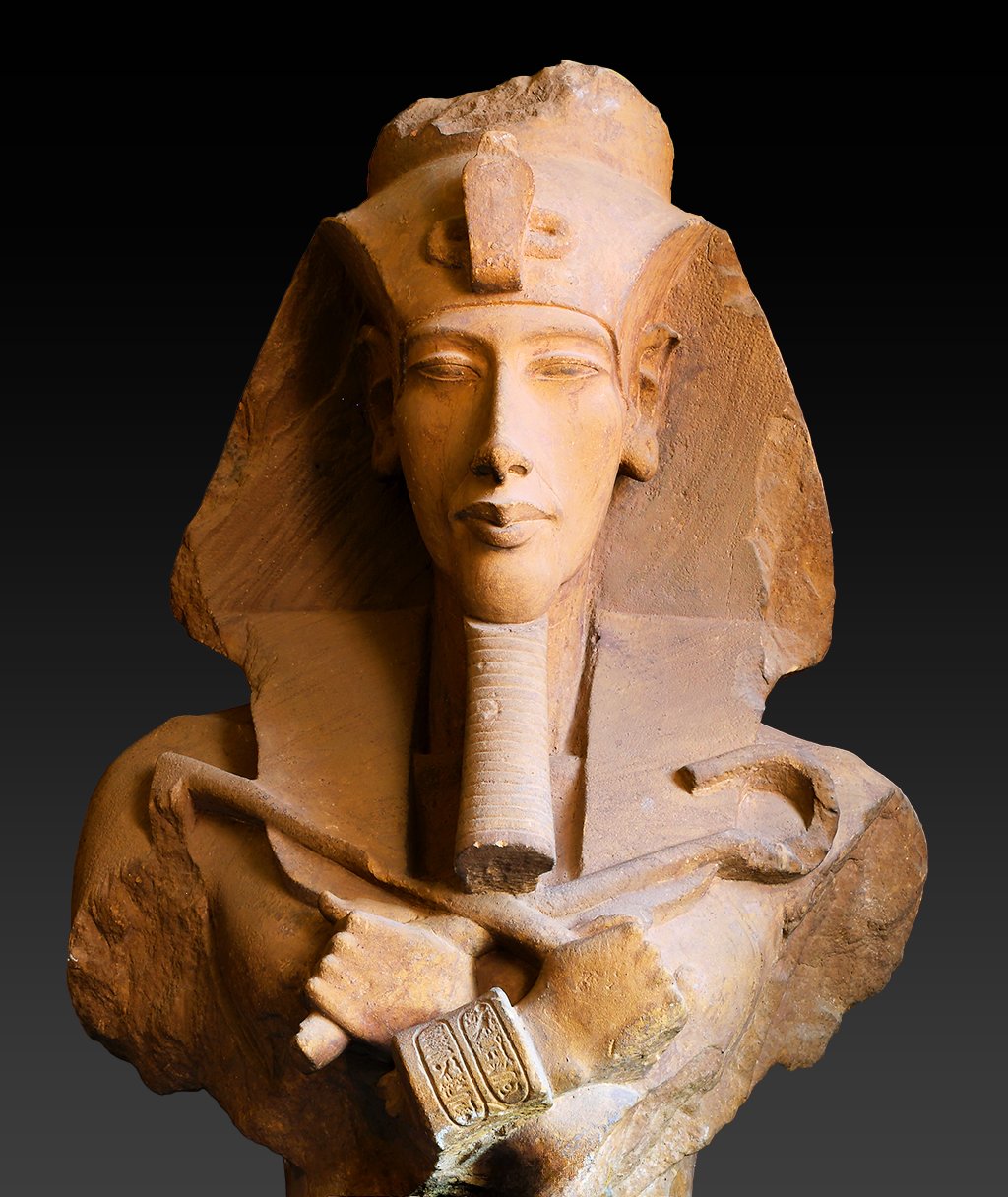
Unfortunately for Akhenaten, none of what he had put in place during his reign would survive his death. Akhenaten’s successors, the relatively unknown Smenkhkare and more infamous Tutankhamun, would almost immediately begin the reversal of all of Akhenaten’s reforms. The city of Amarna quickly lost its status as the capital of Egypt and was abandoned shortly after.
Additionally, there is no evidence for the survival of Akhenaten’s sun cult in any way. In fact, Tutankhamun not only reopened the old temples but also followed in his predecessor’s footsteps in an ironic way, a name change. Tutankhamun was originally born as Tutankhaten but changed his name early in his reign to reflect his association with the god Amun, and the fall of the Aten from Pharaonic favor.
Later rulers would go further still by labeling Akhenaten a “heretic” and working to have his memory erased entirely. This effort included the destruction of most, if not all, of his temples and projects and having not only his name, but those of his immediate successors, struck from the record books. This destruction of memory was so effective that Egyptologists had no knowledge of Akhenaten or the Amarna Period until the early 19th century; meaning that Akhenaten and his upheaval went undiscovered and forgotten for nearly 4,000 years. Quite frankly, we are not supposed to know Akhenaten ever lived at all.
Overall, there are few figures throughout history, who have inspired as much controversy and conjecture as Akhenaten. Unfortunately for modern scholars, with so much of Akhenaten’s life being shrouded in mystery as a result of the assaults on his memory, we will never truly know who this fascinating man was or what exactly he was trying to accomplish. However, one thing is for certain, whether he was a prophet of a monotheistic deity or a tyrannical politician fighting to survive a changing Egypt, Akhenaten’s legacy is firmly cemented, despite the significant efforts of his detractors.
